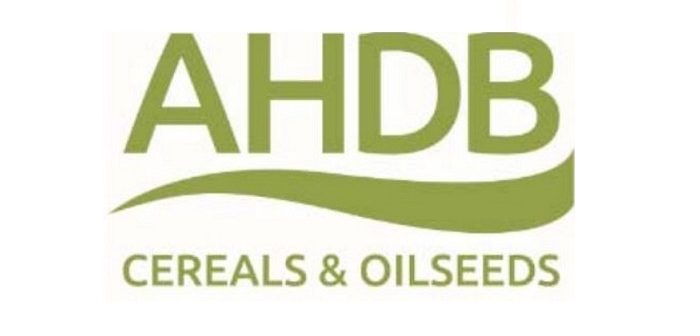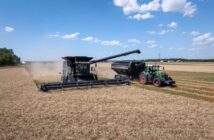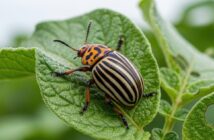Relatively low cereal disease pressures in 2018 have provided a rare opportunity to reflect on the UK pathogen population.
The 2019 UK Cereal Pathogen Virulence Survey (UKCPVS) stakeholder event will feature updates on cereal pathology and plant breeding, in addition to the annual update on the status of the UK cereal pathogen population.
The event takes place on 6 March at the Processors and Growers Research Organisation (PGRO) in Peterborough.
Catherine Garman, who manages disease research at AHDB, said: “From a pathology perspective, 2018 was relatively calm. No unexpected disease outbreaks were reported to the UKCPVS and the warm, dry weather hindered adult plant tests.”
Targeted at breeders, crop scientists and technical agronomists, the event focuses on cereal rusts and mildews. However, in 2019, a presentation on Zymoseptoria tritici, the pathogen that causes septoria tritici in wheat, will also be given.
In the 2015 field season, unexpected septoria tritici infection on the winter wheat variety Cougar led AHDB to fund a three-year project. It has looked at the pathogen isolates involved and the potential threat to varieties on the Recommended List (RL). At the event, delegates will hear the project’s conclusions and have the opportunity to question the NIAB-led research team.
Fascinating developments in the world of pathogenomics will also be outlined. Based on molecular techniques, the approach is being used to monitor populations in both time and space – from global movements over years, to seasonal changes at the field level.
Earlier this month, information on winter wheat seedling-stage resistance to yellow rust was updated by UKCPVS. Five varieties on the current (2019/20) RL were found to be resistant at the seedling stage during the latest tests. These are Costello, KWS Crispin, KWS Siskin, KWS Trinity and the newly recommended KWS Firefly.




